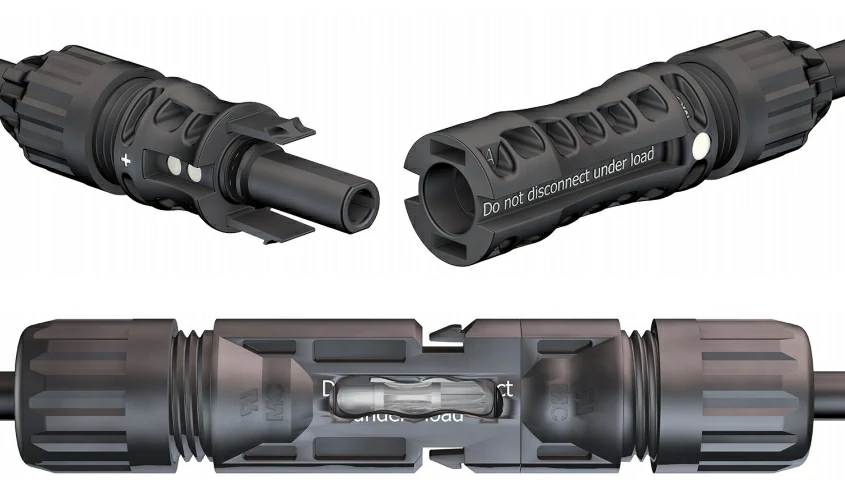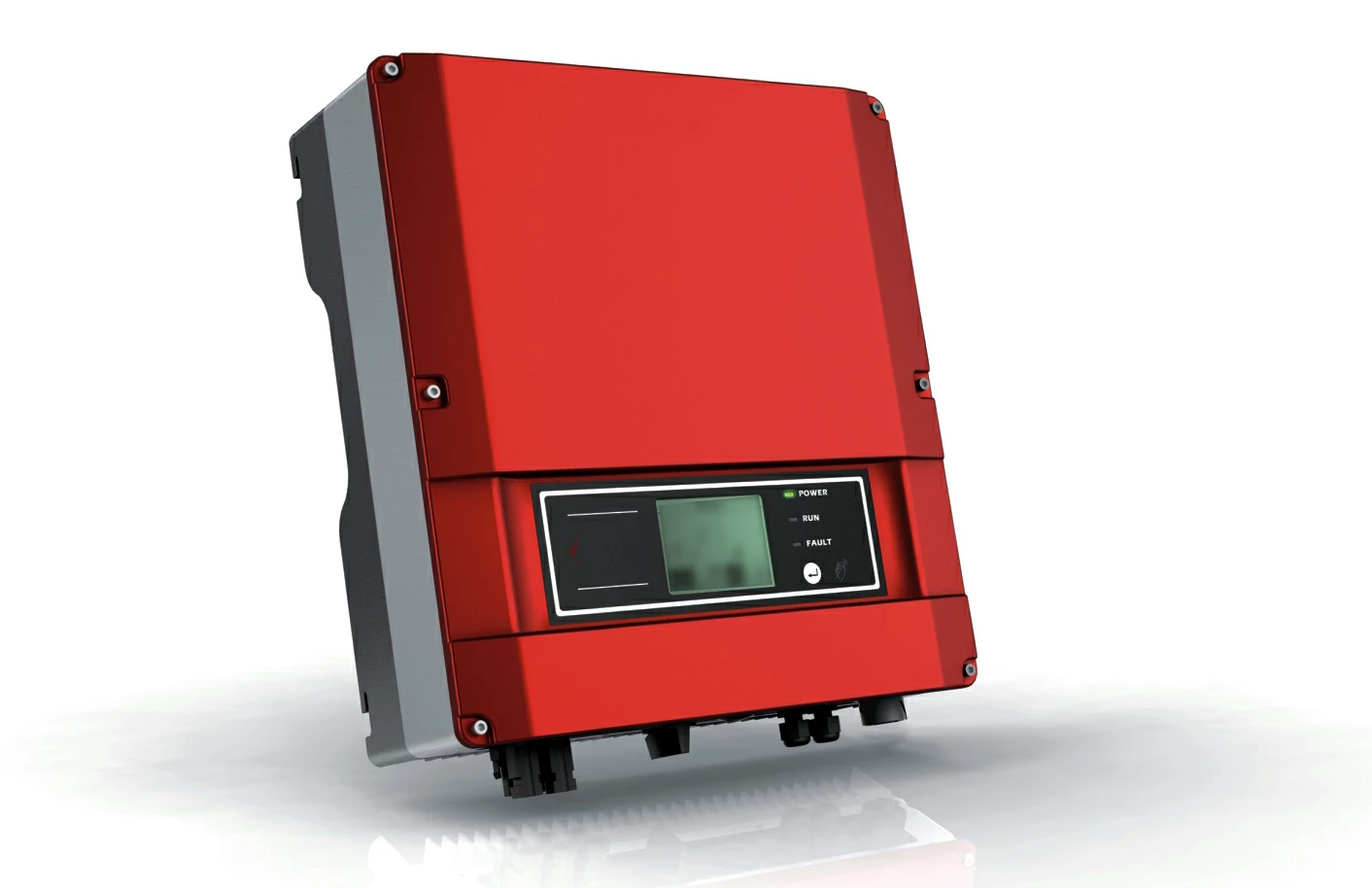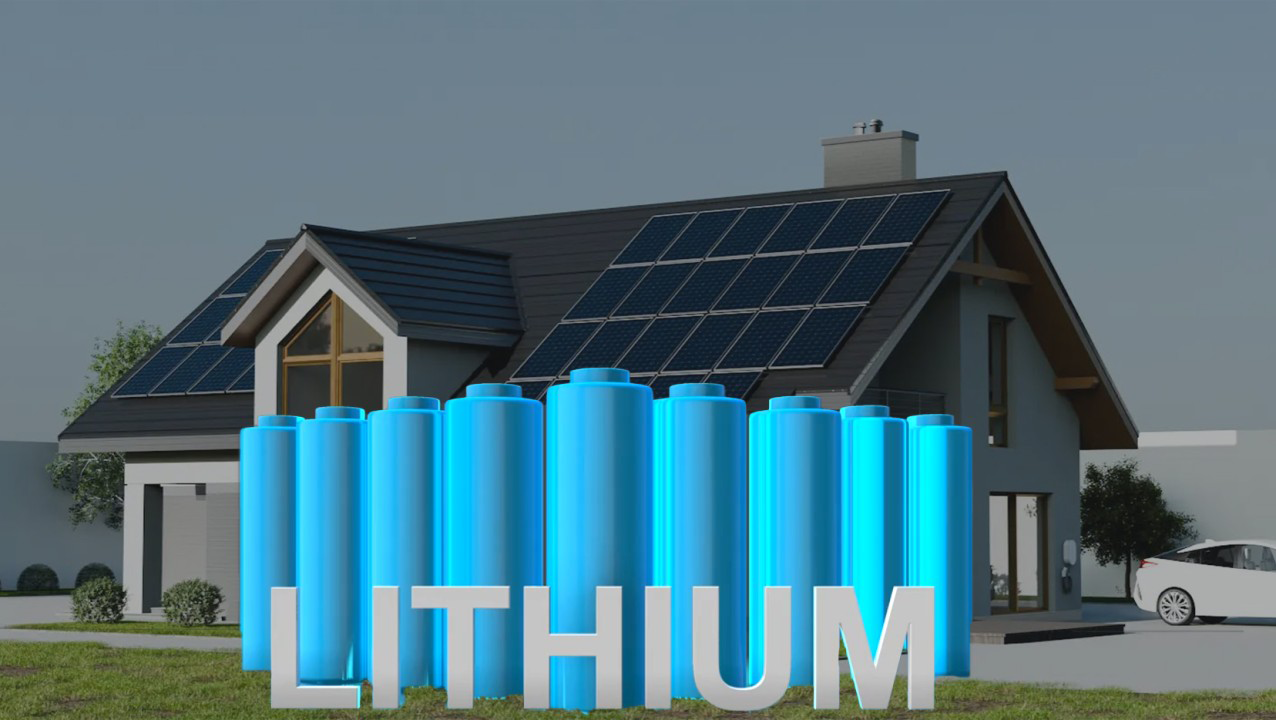Solar connector With the rapid development of global renewable energy,...
Incremental conductance method of MPPT controller
In the field of renewable energy, especially photovoltaic Power generation systems, Maximum Power Point Tracking (MPPT) technology is crucial. The main task of the MPPT controller is to ensure that the photovoltaic modules work at the highest efficiency under different environmental conditions and adjust the output power in real time. Incremental Conductance (IncCond) is an effective algorithm to realize MPPT, which is widely used in various photovoltaic systems. In this paper, the principle, advantages and disadvantages of incremental conductance method and its application in MPPT controller will be introduced in detail.
the basic principle
The incremental conductivity method is based on the operating characteristics of photovoltaic components and identifies the maximum power point (MPP) by measuring and comparing the increments of current and voltage. The basic principle is as follows:
Current and voltage relationship: On the photovoltaic characteristic curve, the current and voltage changes at the MPP have a certain relationship. When the operating point is close to MPP, the change in current (I) and voltage (V) can be expressed by the following formula:
If (\frac{dP}{dV} = 0), then MPP is reached.
If (\frac{dP}{dV} > 0), you need to increase the voltage to get more power (the operating point is to the left of the MPP).
If (\frac{dP}{dV} < 0), the voltage needs to be reduced to reduce power loss (the operating point is to the right of the MPP).
Calculating derivatives: Using the definition of derivatives, one can obtain:
( \frac{dP}{dV} = I + V \cdot \frac{dI}{dV} )
Thus, if (\Delta I) and (\Delta V) are the changes in current and voltage, respectively, the incremental conductance rule consists in comparing the two:
( \Delta I / \Delta V = -I / V )
By analyzing the symbol of the derivative, you can determine whether the operating point needs to be adjusted.
Control strategy: By constantly measuring changes in current and voltage, the controller will adjust the working voltage of the photovoltaic system in real time to ensure that it approaches or remains at the maximum power point.
advantages and disadvantages
Advantages:
High accuracy: The incremental conductance method has a high accuracy in tracking MPP and can effectively cope with rapidly changing environmental conditions, such as shadow and temperature changes.
Fast response speed: The algorithm can quickly respond to changes in light intensity and maintain maximum output power.
Robustness: Compared with other simple algorithms (such as the constant voltage method), the incremental conductance method is more sensitive to parameter changes and can be stabilized near the MPP.
disAdvantages:
Computational complexity: Compared with other methods (such as perturbation observation method), incremental conductance method requires more computational resources and has relatively high requirements on the processor.
Overshoot phenomenon: Under some rapidly changing conditions, overshoot phenomenon may occur, that is, oscillating repeatedly near the MPP, reducing the efficiency of the system.
Additional sensor requirements: Accurate current and voltage sensors are required to provide real-time data, increasing system cost and complexity.
applications
In specific applications, the incremental conductance method is often integrated into various types of MPPT controllers. These controllers are commonly used in photovoltaic inverters, photovoltaic power generation systems and off-grid power supply systems. Through the embedded control system, real-time acquisition of photovoltaic panel voltage and current data, the algorithm can quickly adjust the output, so that the system can continue to operate at the maximum power point under instantaneous changes in lighting conditions.
conclusion
Incremental conductance method has become an important algorithm in MPPT controller because of its high efficiency and accuracy, and is widely used in modern photovoltaic power generation system. Despite some shortcomings, its advantages in dynamic tracking capabilities make it highly competitive in the continuous development of renewable energy technologies. With advances in computing technology, it is expected that incremental conductance will continue to be optimized to help more efficient use of photovoltaic power generation.

Home energy storage product series
A lithium battery pack for home energy storage systems, which is compatible with solar panels and the sun The inverter can work together with the power grid to power household appliances, and it can also be used as a For off grid systems.
Extended reading
LiFePo4 home energy storage battery
A highly integrated backup power solution for solar home energy...
THE ESSC Brand promise
Global supply
Our products sell well all over the world, covering many countries and regions, through the global logistics network, to provide customers with convenient purchasing experience.
Rigorous quality
We adhere to the highest quality control standards to ensure every product meets industry regulations and customer expectations, earning trust through consistent excellence.
Excellent service
With a customer-centric approach, we provide prompt responses, professional support, and personalized services, aiming to deliver the best user experience and long-term value.





